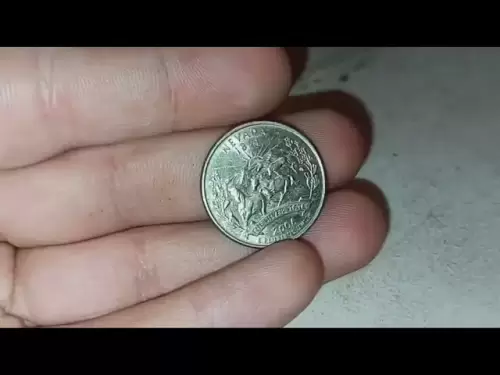-
 Bitcoin
Bitcoin $109,601.6780
1.77% -
 Ethereum
Ethereum $2,761.4471
8.70% -
 Tether USDt
Tether USDt $1.0002
-0.03% -
 XRP
XRP $2.3044
1.88% -
 BNB
BNB $665.1933
1.47% -
 Solana
Solana $160.4165
3.39% -
 USDC
USDC $0.9997
-0.03% -
 Dogecoin
Dogecoin $0.1952
5.26% -
 TRON
TRON $0.2904
2.37% -
 Cardano
Cardano $0.7061
4.92% -
 Hyperliquid
Hyperliquid $41.1999
10.72% -
 Sui
Sui $3.5178
6.22% -
 Chainlink
Chainlink $15.1658
9.37% -
 Avalanche
Avalanche $22.2736
7.17% -
 Stellar
Stellar $0.2782
4.16% -
 Bitcoin Cash
Bitcoin Cash $431.9639
3.04% -
 Toncoin
Toncoin $3.3508
4.57% -
 UNUS SED LEO
UNUS SED LEO $8.8182
-3.17% -
 Shiba Inu
Shiba Inu $0.0...01326
4.70% -
 Hedera
Hedera $0.1816
6.19% -
 Litecoin
Litecoin $91.8180
3.02% -
 Polkadot
Polkadot $4.2488
4.98% -
 Monero
Monero $334.1742
0.23% -
 Ethena USDe
Ethena USDe $1.0008
0.00% -
 Bitget Token
Bitget Token $4.7877
1.61% -
 Pepe
Pepe $0.0...01321
10.83% -
 Dai
Dai $0.9998
-0.02% -
 Uniswap
Uniswap $8.0255
23.10% -
 Pi
Pi $0.6421
1.86% -
 Aave
Aave $312.4790
20.35%
How long can KDJ rise after being overbought? Special judgment method when the indicator is blunted
The KDJ indicator, popular in crypto trading, signals potential price reversals but its overbought duration varies, requiring traders to use additional indicators for confirmation.
Jun 10, 2025 at 11:15 am
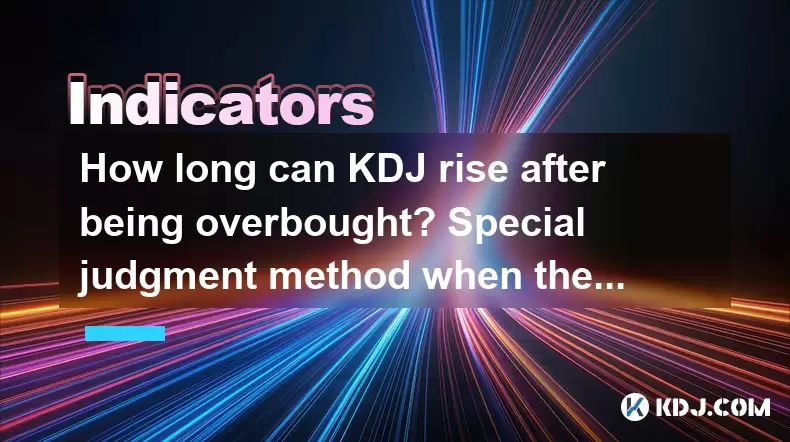
The KDJ indicator is a widely used technical analysis tool in the cryptocurrency trading community, designed to predict price reversals in the market. It is particularly popular among traders who aim to capitalize on short-term price movements. When the KDJ indicator enters an overbought state, it often signals that a potential price correction or reversal may be imminent. However, the duration for which the KDJ can remain overbought before a significant price change occurs is not fixed and can vary greatly depending on market conditions and the specific cryptocurrency being traded.
Understanding the KDJ Indicator
The KDJ indicator is composed of three lines: the K line, the D line, and the J line. The K and D lines are calculated based on the highest high, lowest low, and the closing price over a specific period. The J line is a more sensitive indicator, calculated as three times the difference between the K and D lines minus the D line. When the KDJ lines move above a certain threshold, typically 80, the market is considered overbought, suggesting that the asset may be due for a price correction.
Duration of Overbought Conditions
The length of time that the KDJ can remain in an overbought state varies widely. In some cases, the overbought condition may persist for just a few hours or days, while in other instances, it can last for weeks. Several factors influence this duration, including market sentiment, trading volume, and the presence of significant news or events that could impact the cryptocurrency's price.
Special Judgment Method When the Indicator is Blunted
When the KDJ indicator appears to be blunted or less responsive to price movements, traders need to employ special judgment methods to interpret the signals accurately. One effective approach is to combine the KDJ with other technical indicators, such as the Relative Strength Index (RSI) or the Moving Average Convergence Divergence (MACD). By cross-referencing signals from multiple indicators, traders can gain a more comprehensive understanding of market conditions and make more informed trading decisions.
Combining KDJ with Other Indicators
To enhance the reliability of the KDJ indicator when it is blunted, traders often look to other tools for confirmation. For instance, if the RSI also indicates an overbought condition, it strengthens the case for a potential price correction. Similarly, if the MACD shows bearish divergence, it may signal that a downward price movement is more likely. By integrating these indicators, traders can better navigate periods when the KDJ appears less reliable.
Practical Application in Cryptocurrency Trading
In the context of cryptocurrency trading, applying the KDJ indicator effectively requires a nuanced approach. Traders should monitor the KDJ in conjunction with price charts and other technical indicators to identify potential entry and exit points. For example, if the KDJ enters an overbought state and the price of a cryptocurrency is nearing a significant resistance level, it may be a good opportunity to sell or short the asset. Conversely, if the KDJ moves into an oversold state near a strong support level, it could be a signal to buy.
Case Study: Bitcoin and KDJ
Let's consider a practical example with Bitcoin. Suppose the KDJ indicator for Bitcoin enters an overbought state, with all three lines above the 80 threshold. If this condition persists for several days and the price of Bitcoin continues to rise without any significant pullback, traders might start to question the reliability of the KDJ signal. In such a scenario, it would be prudent to check other indicators like the RSI or MACD for additional insights. If these indicators also suggest overbought conditions, it might reinforce the expectation of a forthcoming price correction.
Trading Strategies Based on KDJ
Developing a trading strategy that incorporates the KDJ indicator involves setting clear rules for entry and exit points. For instance, a trader might decide to sell a portion of their holdings when the KDJ enters an overbought state and the price touches a resistance level. Conversely, they might buy when the KDJ moves into an oversold state and the price approaches a support level. Additionally, using stop-loss orders can help manage risk and protect against unexpected market movements.
Monitoring and Adjusting to Market Conditions
The cryptocurrency market is highly volatile, and conditions can change rapidly. Traders need to stay vigilant and continuously monitor their chosen indicators, including the KDJ, to adjust their strategies accordingly. If the market enters a prolonged bullish trend, the KDJ may remain overbought for an extended period. In such cases, traders might need to adjust their expectations and consider using longer time frames for their analysis to better capture the overall market trend.
Frequently Asked Questions
Q: Can the KDJ indicator be used effectively in all market conditions?
A: While the KDJ indicator is a powerful tool for identifying overbought and oversold conditions, its effectiveness can vary depending on market volatility and trends. In highly volatile markets, the KDJ may generate more false signals, necessitating the use of additional indicators for confirmation.
Q: How often should traders check the KDJ indicator?
A: The frequency of checking the KDJ indicator depends on the trader's strategy and time frame. For short-term traders, checking the indicator multiple times a day may be necessary, while long-term traders might only need to review it on a daily or weekly basis.
Q: Are there specific cryptocurrencies for which the KDJ indicator works better?
A: The effectiveness of the KDJ indicator can vary across different cryptocurrencies due to differences in market liquidity and volatility. Generally, it tends to work well with highly liquid assets like Bitcoin and Ethereum, but traders should always test the indicator on historical data for the specific cryptocurrency they are trading.
Q: Can the KDJ indicator be used alone for trading decisions?
A: While the KDJ indicator can provide valuable insights, it is generally recommended to use it in conjunction with other technical analysis tools. Relying solely on the KDJ may lead to false signals, especially during periods of high market volatility or when the indicator is blunted.
Disclaimer:info@kdj.com
The information provided is not trading advice. kdj.com does not assume any responsibility for any investments made based on the information provided in this article. Cryptocurrencies are highly volatile and it is highly recommended that you invest with caution after thorough research!
If you believe that the content used on this website infringes your copyright, please contact us immediately (info@kdj.com) and we will delete it promptly.
- Bitcoin Pepe (BPEP), CartelFi (CARTFI), PepeX (PEPX): The Best Cryptos to Buy Now Before the Fire Starts
- 2025-06-10 21:05:13
- Bitcoin (BTC) market has regained momentum, and experienced investors have begun searching for the best crypto to buy now
- 2025-06-10 21:05:13
- Historic Bitcoin Peel: Two Rare Casascius Bars Cashed In as BTC Dipped Below $80K
- 2025-06-10 21:00:12
- SUI (SUI) Price Analysis: Token's Technicals and Fundamentals Align, Setting the Stage for Continued Upward Momentum
- 2025-06-10 21:00:12
- MAG Group Expands into the Tokenization Market with a $3 Billion Deal with MultiBank Group
- 2025-06-10 20:55:13
- 21Shares Files for a Spot Sui ETF in the US, Following Canary Capital's Filing
- 2025-06-10 20:55:13
Related knowledge
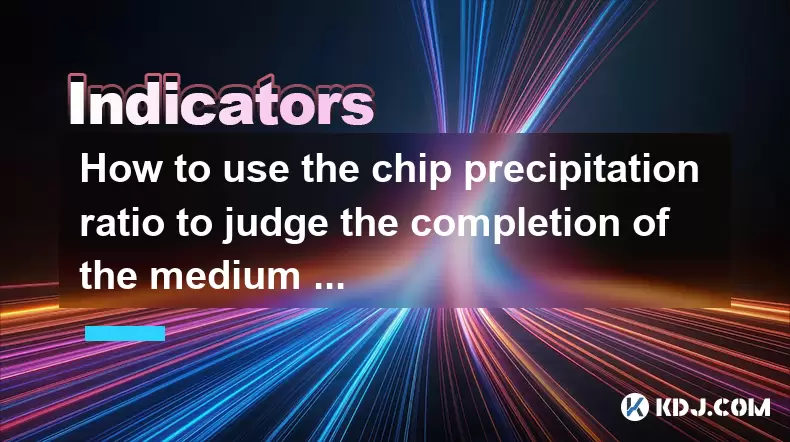
How to use the chip precipitation ratio to judge the completion of the medium and long-term bottom construction?
Jun 04,2025 at 03:36am
The chip precipitation ratio is a crucial metric used by investors to assess the accumulation of chips (or shares) at different price levels over time. This ratio helps in understanding the distribution of chips and can be a powerful tool for determining the completion of medium and long-term bottom construction in the cryptocurrency market. By analyzin...
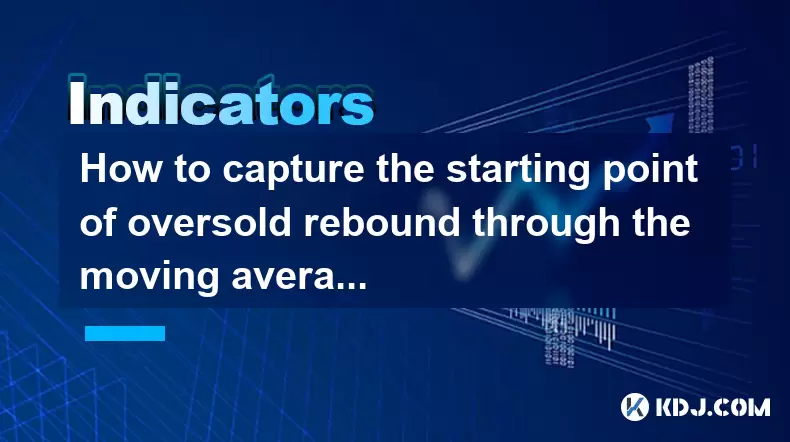
How to capture the starting point of oversold rebound through the moving average gravity reversal strategy?
Jun 04,2025 at 01:01pm
The moving average gravity reversal strategy is a sophisticated approach used by traders to identify potential entry points for buying cryptocurrencies when they are considered oversold. This strategy leverages the concept of moving averages to pinpoint moments when a cryptocurrency might be poised for a rebound. In this article, we will delve into the ...
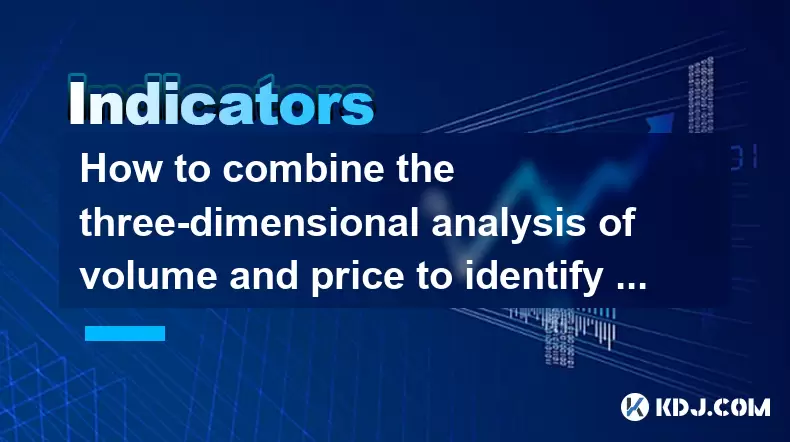
How to combine the three-dimensional analysis of volume and price to identify the golden buying point of breakthrough and retracement?
Jun 03,2025 at 11:42pm
In the dynamic world of cryptocurrencies, identifying the optimal buying points is crucial for maximizing profits and minimizing risks. One effective method to achieve this is by combining three-dimensional analysis of volume and price to pinpoint the golden buying points during breakouts and retracements. This article will delve into how to use this ap...
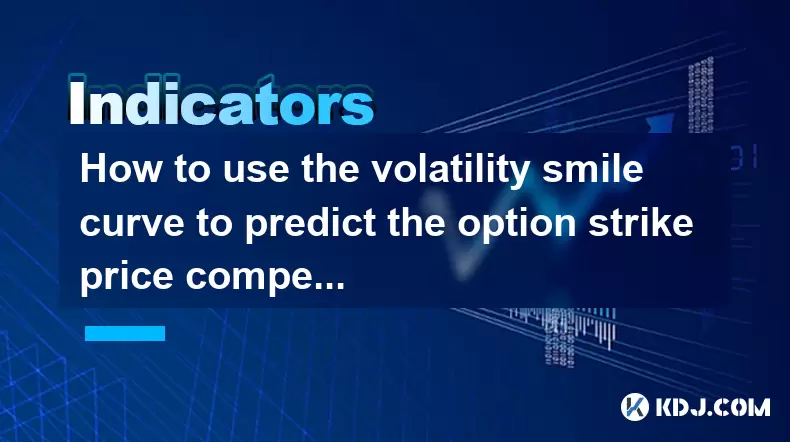
How to use the volatility smile curve to predict the option strike price competition area?
Jun 06,2025 at 01:01pm
The volatility smile curve is a graphical representation that shows the implied volatility of options across different strike prices for a given expiration date. It is called a 'smile' because the curve often takes the shape of a smile, with higher implied volatilities for options that are deep in-the-money or deep out-of-the-money, and lower implied vo...
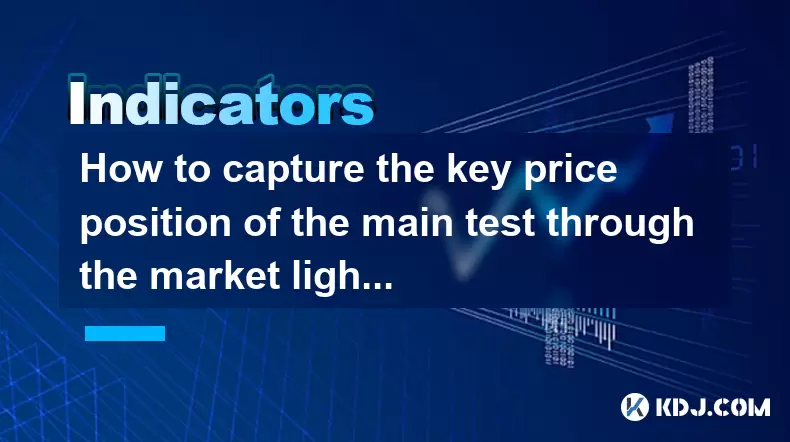
How to capture the key price position of the main test through the market lightning chart?
Jun 02,2025 at 06:07pm
Introduction to Market Lightning ChartThe market lightning chart is a powerful tool used by cryptocurrency traders to visualize price movements and identify key price positions. This chart type provides a detailed view of market activity, allowing traders to spot trends, reversals, and other significant price levels quickly. By understanding how to use ...
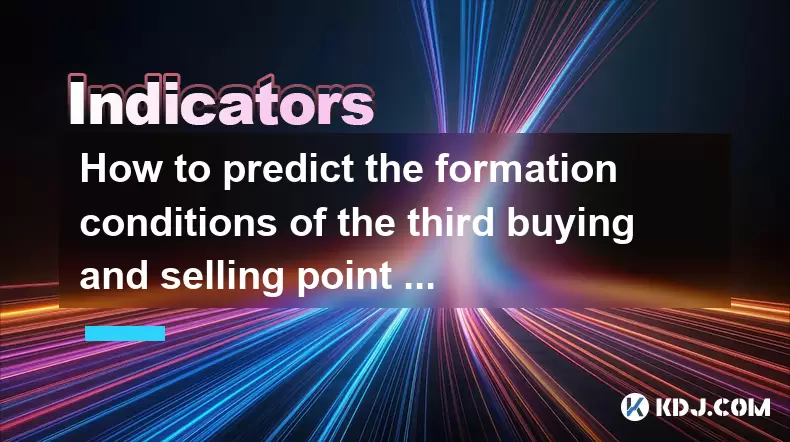
How to predict the formation conditions of the third buying and selling point in combination with the extension of the central axis of the Chaos Theory?
Jun 08,2025 at 12:42am
The concept of predicting the formation conditions of the third buying and selling point in the cryptocurrency market by combining the extension of the central axis of the Chaos Theory is an advanced analytical technique. This method involves understanding the chaotic nature of price movements and using it to identify key moments for trading. In this ar...

How to use the chip precipitation ratio to judge the completion of the medium and long-term bottom construction?
Jun 04,2025 at 03:36am
The chip precipitation ratio is a crucial metric used by investors to assess the accumulation of chips (or shares) at different price levels over time. This ratio helps in understanding the distribution of chips and can be a powerful tool for determining the completion of medium and long-term bottom construction in the cryptocurrency market. By analyzin...

How to capture the starting point of oversold rebound through the moving average gravity reversal strategy?
Jun 04,2025 at 01:01pm
The moving average gravity reversal strategy is a sophisticated approach used by traders to identify potential entry points for buying cryptocurrencies when they are considered oversold. This strategy leverages the concept of moving averages to pinpoint moments when a cryptocurrency might be poised for a rebound. In this article, we will delve into the ...

How to combine the three-dimensional analysis of volume and price to identify the golden buying point of breakthrough and retracement?
Jun 03,2025 at 11:42pm
In the dynamic world of cryptocurrencies, identifying the optimal buying points is crucial for maximizing profits and minimizing risks. One effective method to achieve this is by combining three-dimensional analysis of volume and price to pinpoint the golden buying points during breakouts and retracements. This article will delve into how to use this ap...

How to use the volatility smile curve to predict the option strike price competition area?
Jun 06,2025 at 01:01pm
The volatility smile curve is a graphical representation that shows the implied volatility of options across different strike prices for a given expiration date. It is called a 'smile' because the curve often takes the shape of a smile, with higher implied volatilities for options that are deep in-the-money or deep out-of-the-money, and lower implied vo...

How to capture the key price position of the main test through the market lightning chart?
Jun 02,2025 at 06:07pm
Introduction to Market Lightning ChartThe market lightning chart is a powerful tool used by cryptocurrency traders to visualize price movements and identify key price positions. This chart type provides a detailed view of market activity, allowing traders to spot trends, reversals, and other significant price levels quickly. By understanding how to use ...

How to predict the formation conditions of the third buying and selling point in combination with the extension of the central axis of the Chaos Theory?
Jun 08,2025 at 12:42am
The concept of predicting the formation conditions of the third buying and selling point in the cryptocurrency market by combining the extension of the central axis of the Chaos Theory is an advanced analytical technique. This method involves understanding the chaotic nature of price movements and using it to identify key moments for trading. In this ar...
See all articles





















